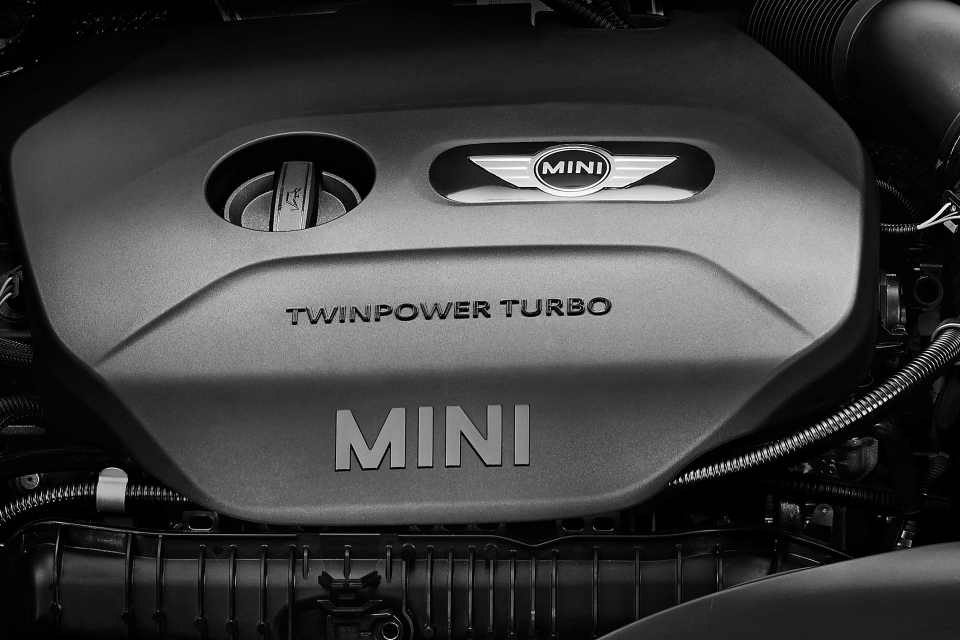New BMW 3-cylinder engine to debut in 2014 MINI
The third-generation MINI will debut this November in Los Angeles, and it will feature the first application of BMW’s new 1.5-litre three-cylinder engines in both petrol and diesel guises. Further up the range will be a new 2.0-litre four-cylinder engine that is unrelated to the current N20 mill of similar capacity.
The new engines are developed based on BMW’s new engine strategy of fixing capacities to 500cc per cylinder for optimum vibration and noise characteristics. The 1.5-litre 3-pot and 2.0-litre 4-pot are therefore sibling engines, and moving forward, the family will spawn a 3.0-litre powerplant in BMW’s traditional straight-six configuration.
Mounted transversely in typical MINI configuration, the new engines incorporate turbocharging, direction injection, Valvetronic, and Double VANOS. The engines feature utilize aluminium blocks and cylinder heads for weight reduction. To eliminate coarse vibrations typical of three-cylinder mills, both the 1.5-litre petrol and diesel engines each have countershafts to cancel out unwanted vibrations. The 2.0-litre four-cylinder engine meanwhile, has two counter-rotating shafts for the same reason.
Outputs for the new engine family start at 136hp and 220Nm for the 1.5 petrol, the latter generated from as low as 1,250rpm can be briefly raised to 230Nm by an overboost function. The 2.0-litre engine makes 192hp and 280Nm (300Nm on overboost). The 1.5-litre diesel, meanwhile, is rated at 116hp and 270Nm. Based on BMW’s usual practice, we speculate the likelihood that these engines will be offered with a range of different outputs in the future.
The engines will be mated to newly-developed manual and automatic transmissions. MINI talks about a new gear sensor that automatically adapts engine speeds when gear shifting, ensuring the engine will always be at the correct speed during gear shifts. Where’s the fun in driving a manual if you don’t need to heel-toe or blip the throttle on downshifting? Not that we have to worry about it in our market anyway.
Underpinning the new car will be BMW’s new front-wheel drive UKL platform, which will also serve as the basis of the third-generation 1 Series and other similarly-sized BMW models of the future – yes, if you haven’t got that memo, BMW is switching its smaller-sized models to front-wheel drive architectures.
The basic layout that defined the MINI continues to persist – front-wheel drive, transverse engine, and all-independent suspension – but the details are comprehensively reworked. It will be the first MINI to offer adaptive dampers, but expect it to be optionally available only on the higher end variants. Steering is electrically assisted and it is ready for the future incorporation of active park assist.
KON
Pictures: Official BMW release.

























